2013-2014 Book History Colloquium at Columbia University
The Book History Colloquium at Columbia University, open to any discipline, aims to provide a broad outlet for the scholarly discussion of book history, print culture, the book arts, and bibliographical research, and (ideally) the promotion of research and publication in these fields. Our presenters include Columbia faculty members and advanced graduate students, and scholars of national prominence from a range of institutions.
Questions? Email Karla Nielsen.
All sessions take place 6pm in 523 Butler Library, Columbia Morningside Campus, unless otherwise noted.
Spring 2014
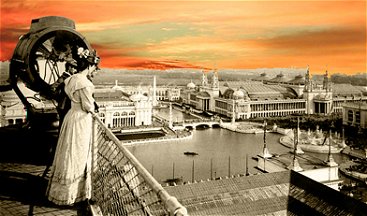
February 20 (THURSDAY)
Marija Dalbello, Professor of Information Science, Rutgers Univeristy
Folk Pastiche and Counter-modernism in the Woman's Building at the 1893 World Fair
The Woman’s Building Library at the 1893 Chicago World Fair was a vortex for modernism, counter-modernism and women's writing. One of its exhibits was a library of 3000 books by women, selected by women's committees from 23 participating nations. The museum’s placement of these books amidst spectacles of female creativity in the form of lace, embroidery, and other crafts suggests an ideal of the New Woman imbued with contradiction. In her talk, Dalbello will focus on works representing the Habsburg empire and how they exemplified a counter-modernism that channeled female creativity through folk pastiche.
Marija Dalbello is an associate professor of information science in the School of Communication and Information at Rutgers. She co-edited Print Culture in Croatia: The Canon and the Borderlands (2006) with Tinka Katic, Visible Writings: Cultures, Forms, Readings (2011) with Mary Shaw, and A History of Modern Librarianship: Constructing the Heritage of Western Cultures with Wayne Wiegand (2014). Together with Sarah Wadsworth, she is co-editing a collection titled, 1893 Around the World: Transnational Modernisms.
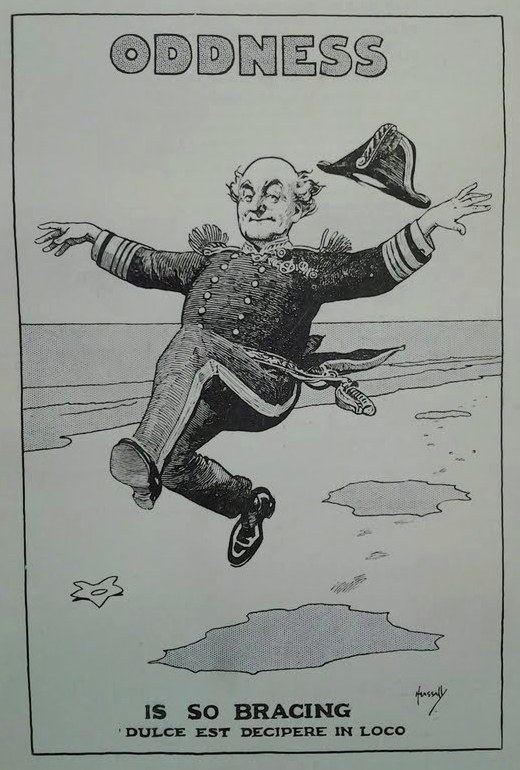
March 12 (WEDNESDAY)
This event will take place at the Grolier Club
Ellen Crowell, Professor of English, Saint Louis University
Bibliophilia at the Fin-de-Siècle: Oscar Wilde at the Odd Volumes
In this lecture, Ellen Crowell will illuminate how the esoteric preoccupations of a mostly-forgotten late-Victorian bibliophilic gentlemen's club--the Sette of Odd Volumes--dovetail with those of key artists of the long fin-de-siècle. Formed in London in 1878 by prominent bookseller, publisher and collector Bernard Quaritch, the group's name derives from bibliophilic parlance: bound volumes not paired with others in their "set" were "odd," and thus less valuable than when united. By enlisting Oscar Wilde, a frequent guest at Sette evenings, as a guide through the Odd Volumes archives, Ellen Crowell will trace intersections between the proceedings of this private gentlemen's club and Wilde’s aesthetic development from 1885 to 1892. Her lecture will demonstrate how this seemingly peripheral network of sociability and aesthetic influence was, in fact, oddly central--offering scholars new entrance points into the history of fin-de-siècle literary, visual, commercial and sexual subcultures.
Ellen Crowell is an associate professor of English at Saint Louis University. Her research seeks to link the late-Victorian intellectual and artistic movements of Aestheticism and Decadence to Modernist writing in English. Her publications include Aristocratic Drag: The Dandy in Irish and American Southern Fiction (Edinburgh, 2007), and articles in Modern Fiction Studies, Eire-Ireland, BRANCH: Britain, Representation and Nineteenth-Century History, and Neo-Victorian Studies. Her current book project, Oscar Wilde's Body, reconstructs forgotten subcultures of mourning, fandom, and queer self-fashioning to re-imagine Oscar Wilde's presence in the literary and cultural landscapes of early modernism.
Co-sponsored with the Grolier Club
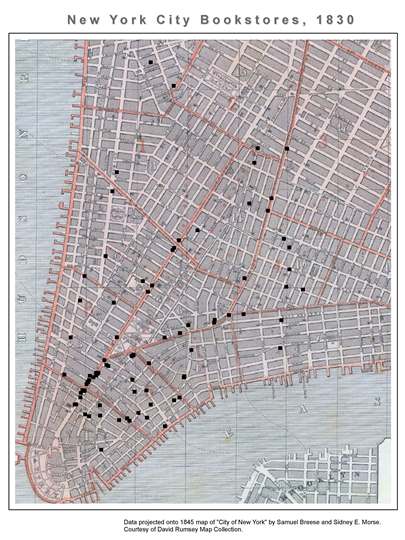
March 25 (TUESDAY)
Kristen Highland, Ph.D. Candidate, Department of English, New York University
Mapping the Bookstore in Nineteenth-Century New York City
The romanticization of the independent bookstore—haven of booklovers, erudite employees, and serendipitous discovery—obscures the historical reality of selling books—rapid turnover, failure, and looming bottom lines. But bookstores are also more than the sum of their books. This talk examines bookstores in New York City from 1820 to 1860, mapping their locations and movements to trace the retail landscape of a growing bookselling center, and presenting select case studies of stores, including Appleton & Co., to explore how the physical spaces and marketing strategies of retail booksellers helped shape the very definition of a bookstore and the contours of literary culture more generally. An understudied component of book history, the retail bookstore presented books as mass market goods in the nineteenth century and participated in the lively and varied cultural life of antebellum New York City.
Kristen Doyle Highland is a PhD Candidate in the English Department at New York University. Her dissertation project, "At the Bookstore: Literary and Cultural Experience in Antebellum New York City," examines the physical forms, social life, and cultural significance of the retail bookstore in 19th century Manhattan. Her research has been supported by fellowships and grants from the American Antiquarian Society, the Library Company of Philadelphia, and the Bibliographical Society of America.
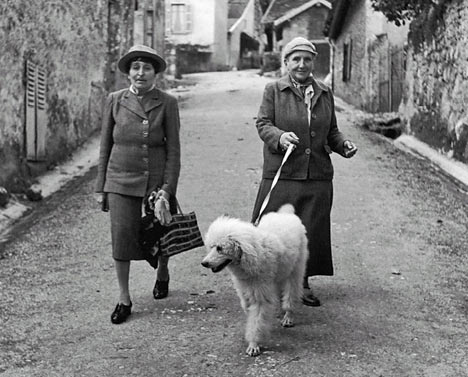
April 10 (THURSDAY)
Lise Jaillant, Lecturer, Newcastle University
Shucks, we’ve got glamour girls too! Gertrude Stein, Bennett Cerf and the Making of a Modernist Star
Gertrude Stein’s celebrity in America has often been discussed in relation to The Autobiography of Alice B. Toklas, the bestseller published by Alfred Harcourt in 1933. This talk will argue that Stein’s enduring fame was largely due to Bennett Cerf (the co-founder of Random House), not to Harcourt. Cerf, who later became a celebrity himself, made fun of his own author during interviews and wrote satirical blurbs and press releases about her. Drawing on a wide range of media (print, radio, film), this innovative marketing strategy allowed Stein to become a genuine modernist star.
Lise Jaillant is a Lecturer (Assistant Professor) in Twentieth-Century Literature at Newcastle University, UK. Her research focuses on British and American publishers and their impact on the literary canon. She has articles published or forthcoming in journals such as Book History, Clio, James Joyce Quarterly and Studies in the Novel. Her first monograph, Modernism, Middlebrow and the Canon in the Modern Library Series, 1917-1955, will be published in Pickering & Chatto’s s new series “Literary Texts and the Popular Marketplace.” Her research was based on extensive archival work in the Random House archive and Bennett Cerf papers at Columbia University Rare Book & Manuscript Library.
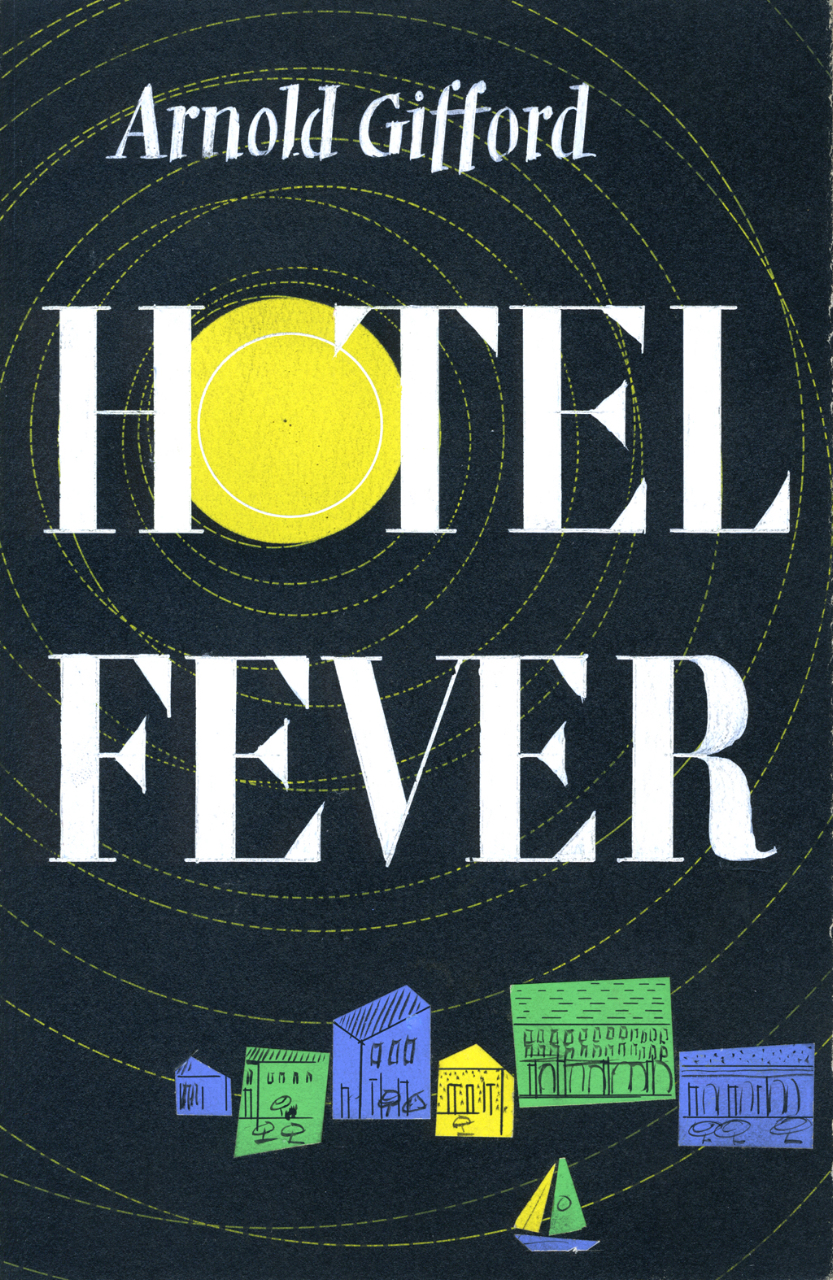
April 16 (Wednesday)
Paul Shaw, graphic design historian
The Book Jackets of Philip Grushkin: A Look at the Design Process in the Pre-Digital Era From the early 1940s through the late 1950s
Philip Grushkin was one of the leading freelance book jacket designers in New York, working for a wide range of publishers. He worked on jackets for a number of well-known authors, among them Simone de Beauvoir, Arthur Koestler, Truman Capote, Junichiro Tanizaki, Jean Stafford and Chester Himes. A student of George Salter at The Cooper Union, Grushkin’s jackets, often reflect his mentor’s approach, yet have their own distinctive style. The Philip Grushkin Archives at Columbia University contain a large number of these jackets. But more importantly, they are especially valuable for the presence of mechanicals, roughs and comps alongside printed jackets. In combination, these materials provide a vivid look at how Grushkin designed his bookjackets. His process and methods were not unique and thus they illuminate graphic design in the age before personal computers.
Paul Shaw is a lettering artist and graphic design historian. He teaches typography and calligraphy at Parsons School of Design and the history of graphic design at the School of Visual Arts. In 1980 he organized the George Salter Archives at the Newberry Library and recently he wrote the text of the catalogue for the Philip Grushkin Archives. Along with writing, teaching and designing Paul is the editor of Codex: The Journal of Letterforms.
Fall 2013
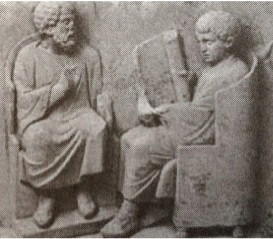
September 26 (Thursday)
Joseph Howley, Assistant Professor of Classics, Columbia University
How to Read Books Doing Things in Imperial Rome
Between the Alexandrian aesthetics of the poetic book roll and the modern values of the industrially printed codex lies the world of the Roman book. This talk examines some uses of the material text in Roman prose authors such as Seneca the Elder, Suetonius, and Aulus Gellius, including its use as a weapon, its subjection to destruction, and its relationship to speech and thought, to explore how Romans imagined the book as a technology and force in their world.
Joseph Howley works on the intellectual culture of the Roman Empire, processes of mediation in the Roman Imperial world, problems of miscellany and other quasi-literary forms, and the ancient and modern history of the book. He is currently preparing a book on Noctes Atticae of Aulus Gellius, exploring the way Gellius’s neglected work frames, narrates, and prompts processes of critical and self-aware learning in the context of second-century Rome.
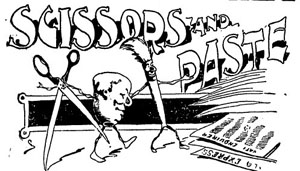
October 10 (Thursday)
Panel on Handmade Books, Remade Genres
Rachel Feder, "Marginal Experiments"
Ellen Gruber Garvey, "Repurposed Books"
Karen Sánchez-Eppler, "Records of Grief"
This panel brings together three scholars who work on 19th-century American and British handmade books. In"Marginal Experiments" Rachel Fader will explore the connections between nineteenth-century women's daily writing and the history of experimental poetry. Ellen Gruber Garvey's talk will focus on nineteenth-century scrapbooks made not in blank books but by repurposing existing books and the complex dialogs between the printed book and the scrapbook maker's intervention. Karen Sanchez-Eppler will focus her talk on the historiographical implications of working with handmade books on Mary Bacon’s Mourning Journal.
Rachel Feder is a Mellon Postdoctoral Fellow in the Department of English at Rutgers University. Her current research focuses on nineteenth-century commonplace books, book history, and experimental poetics. Ellen Gruber Garvey's most recent book, Writing with Scissors: American Scrapbooks from the Civil War to the Harlem Renaissance came out from Oxford University Press in 2013. She is also the author of The Adman in the Parlor: Magazines and the Gendering of Consumer Culture (OUP, 1996) Winner of a SHARP Prize for Best Book, and a Professor of English at New Jersey City University. Karen Sánchez-Eppler is L. Stanton Williams 1941 Professor of American Studies and English at Amherst College. The author of Touching Liberty: Abolition, Feminism and the Politics of the Body (1993) and Dependent States: The Child’s Part in Nineteenth-Century American Culture (2005), she is currently working on two book projects The Unpublished Republic: Manuscript Cultures of the Mid-Nineteenth Century US and In the Archives of Childhood: Personal and Historical Pasts.
Watch a video of this panel here.
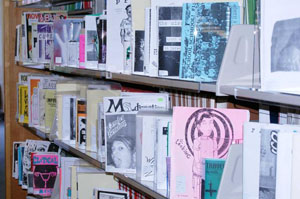
October 24 (Thursday)
Tour of the Barnard Zine Library at 5pm
Janice Radway, Walter Dill Scott Professor of Communications, Northwestern University
Girls, Zines, and their Afterlives: On the Significance of Multiple Networks and Itineraries of Dissent
Dissident and non-conforming girls and young women developed an interest in what are now called “girl zines” through a number of different routes, with a range of different interests, and at different moments over the course of the last twenty years. This social, material and temporal variability raises interesting and important questions about whether “girl zines” should be thought of as a unitary phenomenon and, correlatively, whether the girl zine explosion should be thought of as an event, a social movement, a conversation, a political intervention, or something else. Drawing on oral history interviews with former girl zine producers as well as with zine librarians, archivists, and commentators, this presentation will raise questions about the recent history of feminism and its relationship to other “new social movements” at a time of significant economic, political, and technological change in the 1980s, 90s, and into the 21st century.
Janice Radway is Radway is the author of Reading the Romance: Women, Patriarchy and Popular Literature, and A Feeling for Books: The Book- of-the-Month Club, Literary Taste, and Middle Class Desire. In addition, Radway co-edited American Studies: An Anthology and Print in Motion: The Expansion of Publishing and Reading in the United States, 1880-1945, which is Volume IV of A History of the Book in America. She has served as the editor of American Quarterly, the official journal of the American Studies Association.
Co-sponsored with the Barnard Zine Library, Barnard College
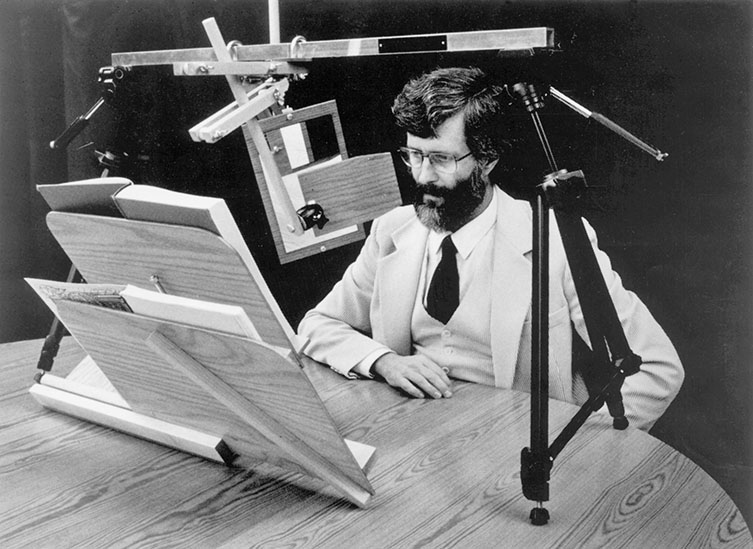
November 4 (Monday)
Randall McLeod, Emeritus Professor of English, University of Toronto
The Birth of Italics
The 1501 Venetian Vergil was the first book printed entirely in italics. On the verso of the title page, the printer, Aldo Manuzio, celebrated the type-cutter, Francesco da Bologna. (The two fell out a year later, however, over ownership of the new typeface.) Curiously, production began before all the sorts had been created: all the letters were in place, but not all the ligatures. The trickling on stream of some fifteen of the latter points to a bizarre schedule of composition and printing. A material reading of the text will resurrect this schedule in surprising detail.
Randall McLeod has published on editing Shakespearean sonnets, Gerard Manley Hopkins, and John Donne. He is the inventor of the McLeod Portable Collator, a stereoscopic device for comparing texts as images, and sometimes publishes as 'Random Cloud.'
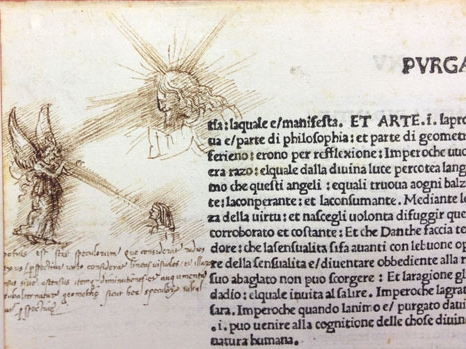
NOVEMBER 14 (THURSDAY) at 5pm
please note the earlier time
William H. Sherman, Professor of English, University of York
The Reader's Eye: Between Annotation and Illustration
Recent scholarship in the lively field of marginalia has treated readers' marks almost exclusively as a verbal phenomenon--as words, that is, next to other words. But in doing so we have lost sight of sight itself, and the ways in which readers used images as well as words to make their books beautiful, meaningful, and useful. Between medieval illumination and modern illustration, there are many traces of reading as a visual mode, signs that we have been slow to see and study and for which we are poorly served by both methodology and terminology. This illustrated lecture will consider the range of images produced by readers between 1450 and 1750, and will suggest that reading was closely bound up with seeing--and even drawing--across the Medieval/Renaissance divide.
William Sherman's recent publications include Used Books: Marking Readers in Renaissance England (University of Pennsylvania, 2007) and a special issue of The Huntington Library Quarterly on Prison Writings in Early Modern England. He has edited Shakespeare's Tempest for Norton and Jonson's Alchemist for Cambridge and is now completing the Arden Early Modern Drama edition of Marlowe's Jew of Malta. He is writing a study of visual marginalia called The Reader's Eye and editing a collection of essays--with Juliet Fleming and Adam Smyth--on Renaissance Collage.
Co-sponsored with the Department of Latin American and Iberian Cultures, Columbia University
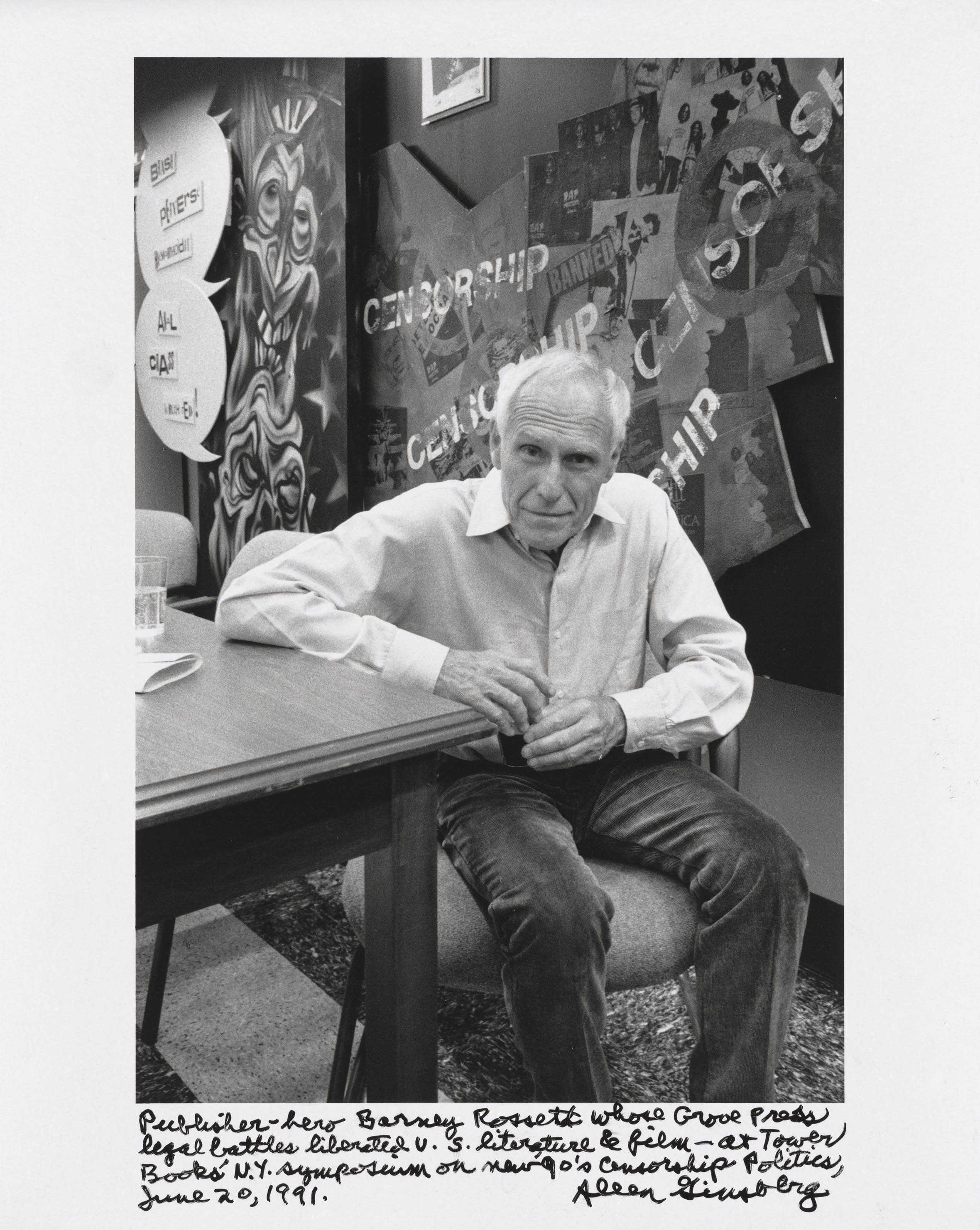
DECEMBER 11 (WEDNESDAY)
A Panel on Personalities in Post-war Publishing
with Loren Glass, Boris Kachka, and Jay Gertzman
Loren Glass is a Professor of English at the University of Iowa and author of Counterculture Colophon: Grove Press, the Evergreen Review, and the Incorporation of the Avant-Garde (Stanford University Press, 2013). Boris Kachka is a journalist and the author of Hothouse: The Art of Survival and the Survival of Art at America's Most Celebrated Publishing House, Farrar Straus Giroux (Simon & Schuster, 2013). Jay Gertzman wrote the first biography of the publisher Samuel Roth, this year's Samuel Roth, Infamous Modernist (University Press of Florida, 2013).
A video of the panel discussion can be found at this link. Stanford University Press conducted a Q&A with the panelists on their press blog.